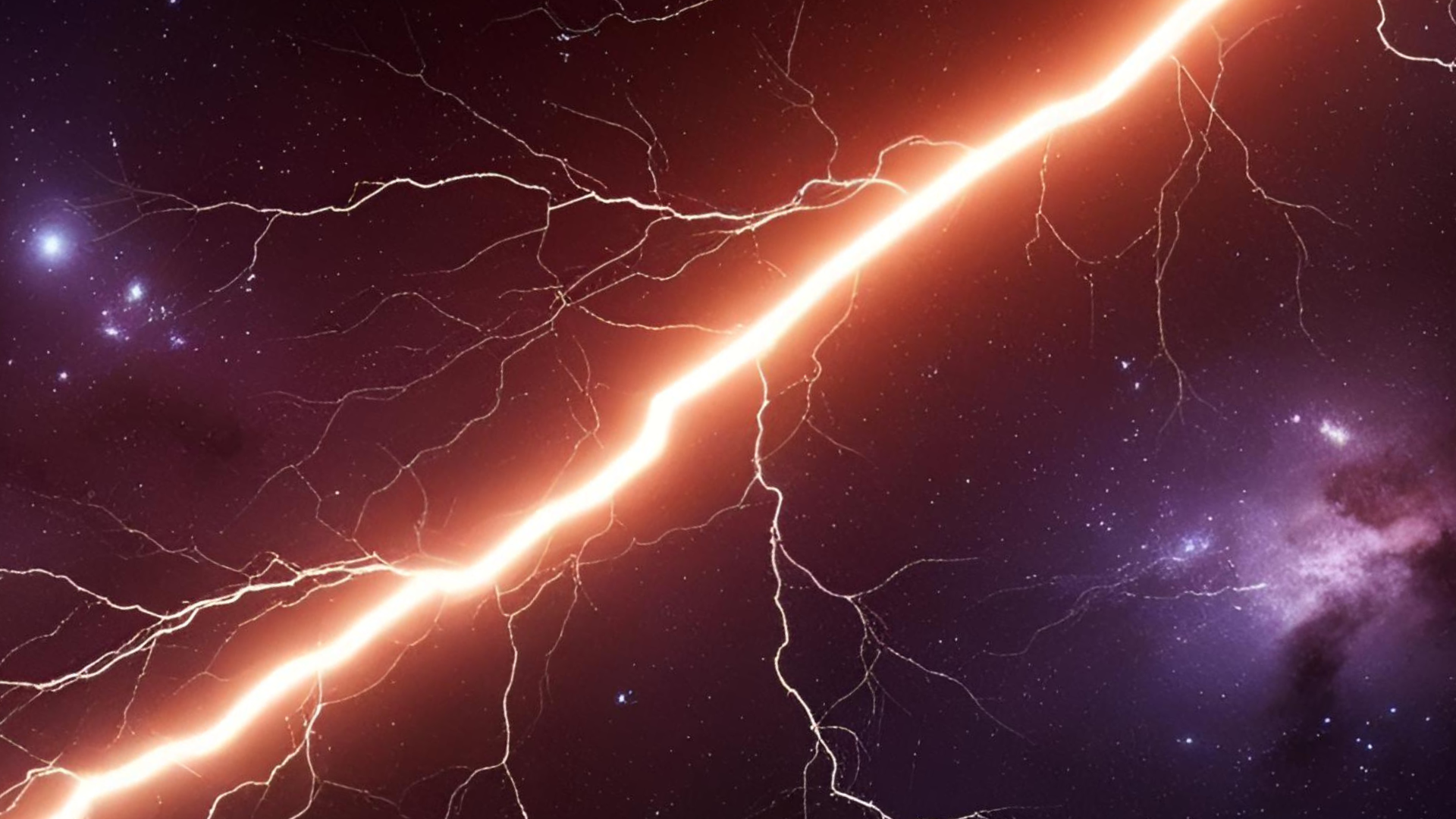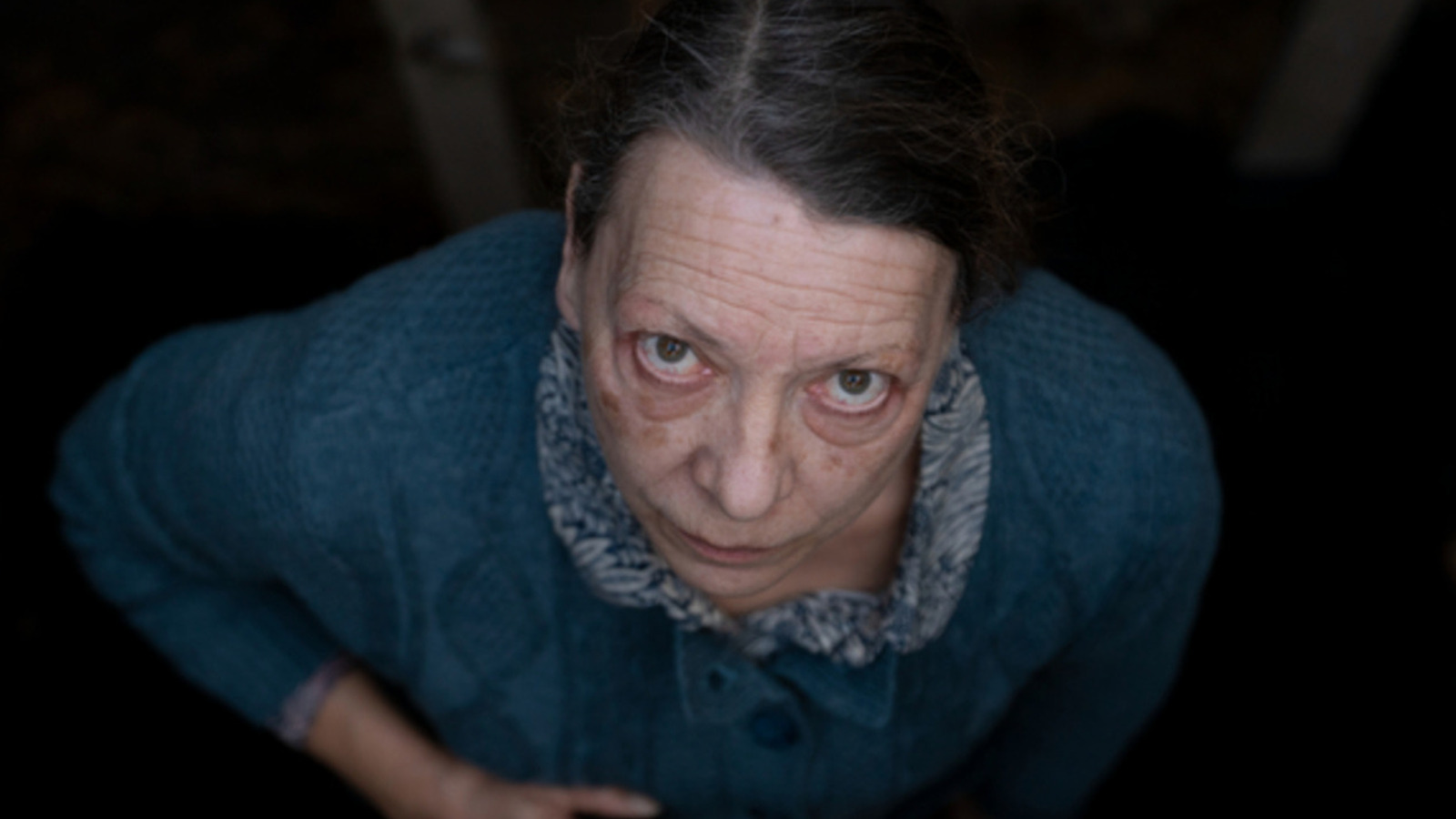What's the Difference Between Melodrama & Cinematic Drama
I have a friend who is sensitive, and another who is very, very sensitive. I think that's the simplest parallel that explains the difference between melodrama and cinematic drama. Drama is a very nuanced genre in art that deals with the realities of life. It is a culmination of both the simple and complex emotions that humans struggle with on a daily basis. But drama has many subgenres, one of which we're going to demystify today: melodrama. What is it, and how does it differ from just plain old drama? Let's take a look! What is a Melodrama? The term “melodrama” comes from the French “mélodrame,” which itself was derived from the Greek words mélos, meaning "song" or "melody," and drâma, meaning "drama" or "theatrical act." Joined together, “melodrama” referred to any theatrical stage play or drama that was heavily infused with music and songs. Features of a Melodramatic Film There are a few elements that every melodrama has. A simple story with emotionally heavy and sensationalized plot points Flat characters that are usually stereotypical and predictable Generous use of dramatic monologues, slow motion shots, and musical themes Simple conflicts with cut-and-dry, black-or-white resolutions, with the climax sharply pulling the story to the end. For example, a man is in love with a woman. If it’s a happy film, they end up together to live happily ever after. If it’s a sad film, they’ll be separated, killed, married off to other people forcefully, spun into self-destruction, etc. The story and the theme run linearly, and there is no complicated layering to distract you from the emotions Flat characters can also be very effective protagonists for melodramatic films Examples of Melodramas in Films and TVAll That Heaven Allows (1955, dir. Douglas Sirk)Imitation of Life (1959, dir. Douglas Sirk)Terms of Endearment (1983)Revolutionary Road (2008)Blue Valentine (2010)Grey’s Anatomy (2005–present)This Is Us (2016–2022)Desperate Housewives (2004–2012)The O.C. (2003–2007)Downton Abbey (2010–2015)Pretty much all soap operas and telenovelas 'The O.C.'Credit: FoxWhat is a Cinematic Drama? Because it's so foundational to film and storytelling as a whole, the cinematic drama is probably the broadest of all film genres in film. It focuses on emotional realism by featuring complex characters, emotional themes, human conflict, as well as character development and more serious subject matter. Features of Cinematic Drama Features of cinematic drama encompass a range of technical, narrative, and emotional elements that work together to create compelling storytelling on screen. Cinematic drama is nuanced and layered. The conflicts are complex and oftentimes expose underlying themes. The audience may or may not be served with a clear resolution to the conflicts, but they experience the struggles and wins with the characters. In strong dramatic works, characters don't remain static throughout the story, nor do they all maintain the same level of prominence from beginning to end. The protagonist in the story is usually a well-rounded character, following an arc of change. These films explore the gray areas of the story and characters. Thus, flawed characters are beloved elements in a drama. The roles of characters and purposes can be interchangeable, and sequences are usually layered with symbolism. These stories explore human emotions but play them subliminally to stir you from within. Great cinematic dramas, like Whiplash and The Shawshank Redemption, have been emotionally pivotal for me. These stories have controlled dialogue and music, and cinematography is often important to building the drama.. Examples of Cinematic Drama in Films and TVManchester by the Sea (2016)Moonlight (2016)A Separation (2011, dir. Asghar Farhadi)The Social Network (2010)Roma (2018, dir. Alfonso Cuarón)The Crown (2016–2023)Six Feet Under (2001–2005)The Leftovers (2014–2017)Mad Men (2007–2015)The Handmaid's Tale (2017–present) 'Moonlight'Credit: A24Melodrama vs. Cinematic Drama So, what's the difference between cinematic drama and melodrama? While cinematic drama focuses on emotional realism, complex characters, and relatable human conflict, melodrama focuses on exaggerated emotions, flat characters, and a huge dose of theatrics. Basically, if cinematic drama is about real people facing real problems, then melodrama is about extreme people pushed to extreme emotions during extreme situations. Melodrama is cinematic drama on steroids—or more accurately—melodrama is what you get when cinematic drama isn't cut off at the bar.


I have a friend who is sensitive, and another who is very, very sensitive. I think that's the simplest parallel that explains the difference between melodrama and cinematic drama.
Drama is a very nuanced genre in art that deals with the realities of life. It is a culmination of both the simple and complex emotions that humans struggle with on a daily basis.
But drama has many subgenres, one of which we're going to demystify today: melodrama. What is it, and how does it differ from just plain old drama?
Let's take a look!
What is a Melodrama?
The term “melodrama” comes from the French “mélodrame,” which itself was derived from the Greek words mélos, meaning "song" or "melody," and drâma, meaning "drama" or "theatrical act." Joined together, “melodrama” referred to any theatrical stage play or drama that was heavily infused with music and songs.
Features of a Melodramatic Film
There are a few elements that every melodrama has.
- A simple story with emotionally heavy and sensationalized plot points
- Flat characters that are usually stereotypical and predictable
- Generous use of dramatic monologues, slow motion shots, and musical themes
- Simple conflicts with cut-and-dry, black-or-white resolutions, with the climax sharply pulling the story to the end. For example, a man is in love with a woman. If it’s a happy film, they end up together to live happily ever after. If it’s a sad film, they’ll be separated, killed, married off to other people forcefully, spun into self-destruction, etc.
- The story and the theme run linearly, and there is no complicated layering to distract you from the emotions
- Flat characters can also be very effective protagonists for melodramatic films
Examples of Melodramas in Films and TV
- All That Heaven Allows (1955, dir. Douglas Sirk)
- Imitation of Life (1959, dir. Douglas Sirk)
- Terms of Endearment (1983)
- Revolutionary Road (2008)
- Blue Valentine (2010)
- Grey’s Anatomy (2005–present)
- This Is Us (2016–2022)
- Desperate Housewives (2004–2012)
- The O.C. (2003–2007)
- Downton Abbey (2010–2015)
- Pretty much all soap operas and telenovelas
 'The O.C.'Credit: Fox
'The O.C.'Credit: Fox
What is a Cinematic Drama?
Because it's so foundational to film and storytelling as a whole, the cinematic drama is probably the broadest of all film genres in film. It focuses on emotional realism by featuring complex characters, emotional themes, human conflict, as well as character development and more serious subject matter.
Features of Cinematic Drama
Features of cinematic drama encompass a range of technical, narrative, and emotional elements that work together to create compelling storytelling on screen.
- Cinematic drama is nuanced and layered. The conflicts are complex and oftentimes expose underlying themes. The audience may or may not be served with a clear resolution to the conflicts, but they experience the struggles and wins with the characters.
- In strong dramatic works, characters don't remain static throughout the story, nor do they all maintain the same level of prominence from beginning to end.
- The protagonist in the story is usually a well-rounded character, following an arc of change.
- These films explore the gray areas of the story and characters. Thus, flawed characters are beloved elements in a drama.
- The roles of characters and purposes can be interchangeable, and sequences are usually layered with symbolism.
- These stories explore human emotions but play them subliminally to stir you from within. Great cinematic dramas, like Whiplash and The Shawshank Redemption, have been emotionally pivotal for me.
- These stories have controlled dialogue and music, and cinematography is often important to building the drama..
Examples of Cinematic Drama in Films and TV
- Manchester by the Sea (2016)
- Moonlight (2016)
- A Separation (2011, dir. Asghar Farhadi)
- The Social Network (2010)
- Roma (2018, dir. Alfonso Cuarón)
- The Crown (2016–2023)
- Six Feet Under (2001–2005)
- The Leftovers (2014–2017)
- Mad Men (2007–2015)The Handmaid's Tale (2017–present)
 'Moonlight'Credit: A24
'Moonlight'Credit: A24
Melodrama vs. Cinematic Drama
So, what's the difference between cinematic drama and melodrama?
While cinematic drama focuses on emotional realism, complex characters, and relatable human conflict, melodrama focuses on exaggerated emotions, flat characters, and a huge dose of theatrics.
Basically, if cinematic drama is about real people facing real problems, then melodrama is about extreme people pushed to extreme emotions during extreme situations.
Melodrama is cinematic drama on steroids—or more accurately—melodrama is what you get when cinematic drama isn't cut off at the bar.









![[DEALS] The All-in-One Microsoft Office Pro 2019 for Windows: Lifetime License + Windows 11 Pro Bundle (89% off) & Other Deals Up To 98% Off](https://www.javacodegeeks.com/wp-content/uploads/2012/12/jcg-logo.jpg)































































